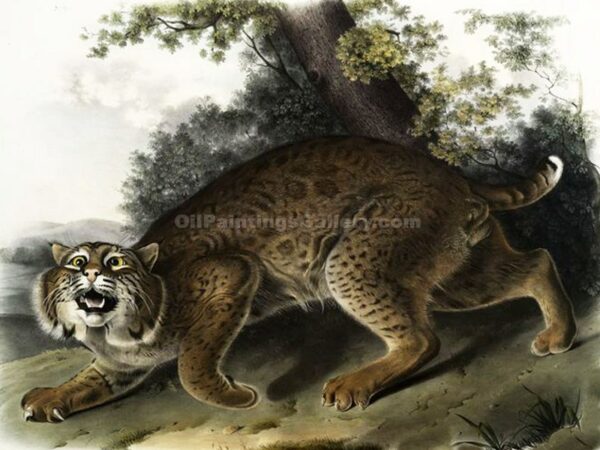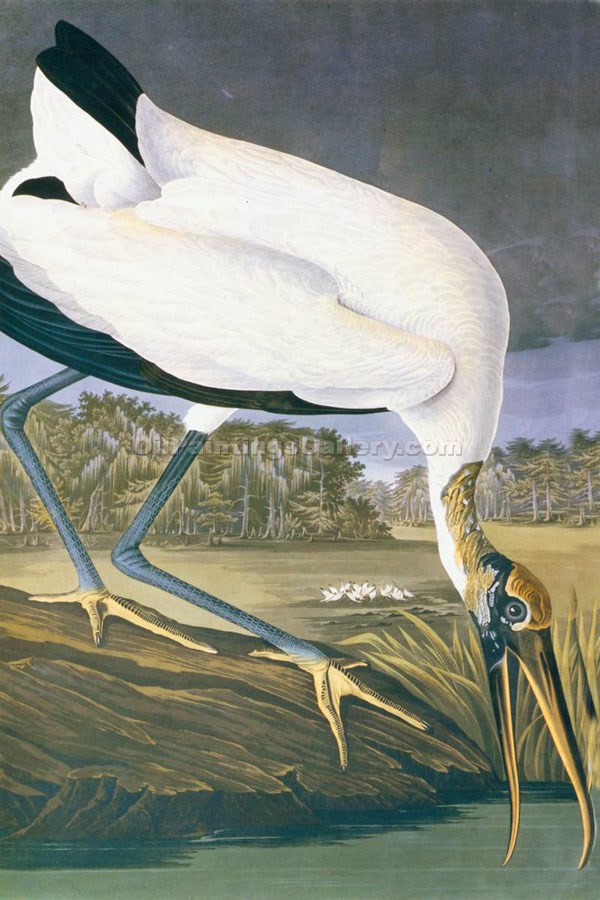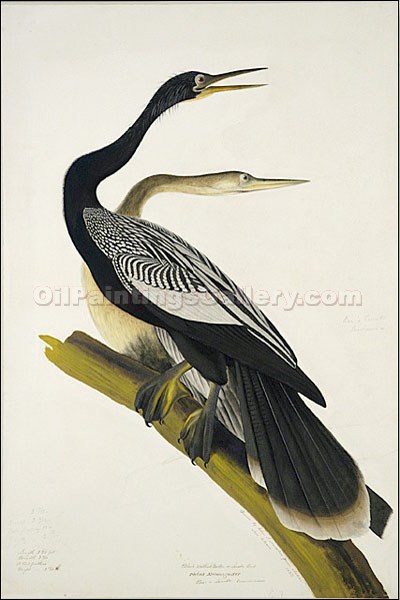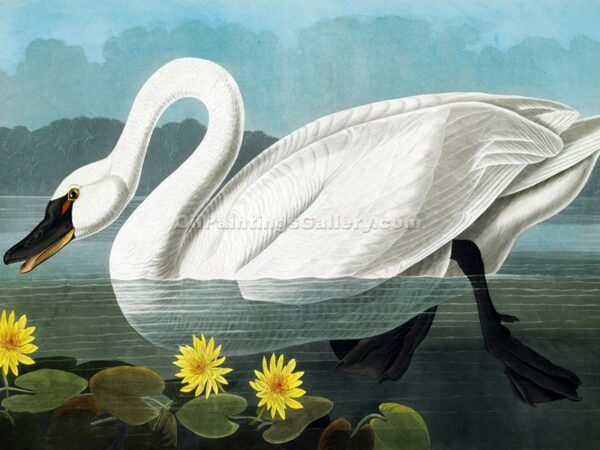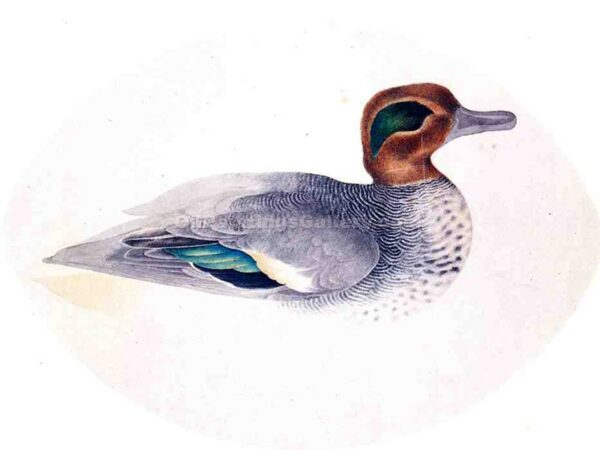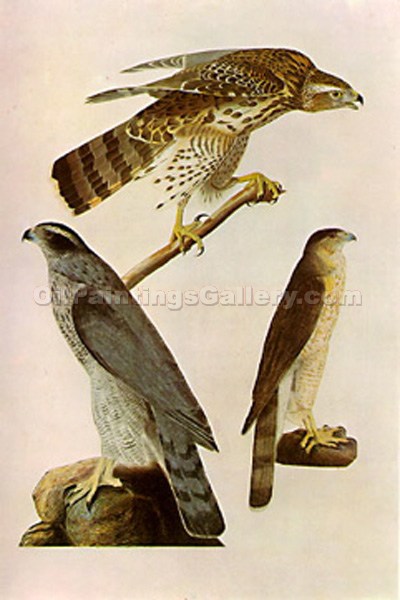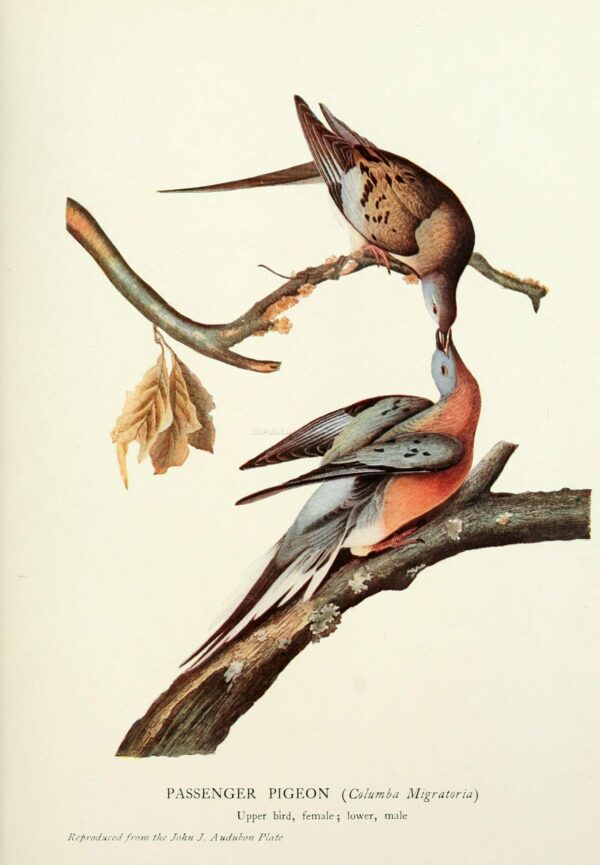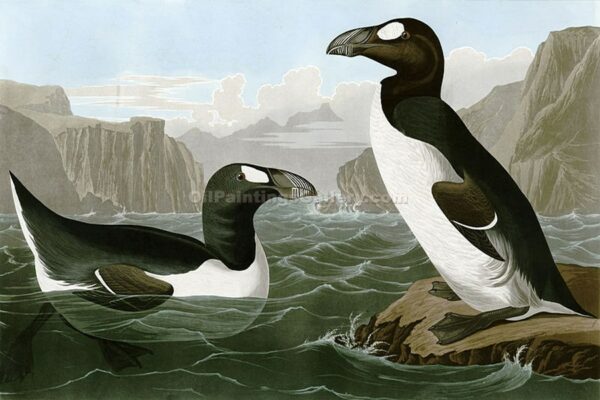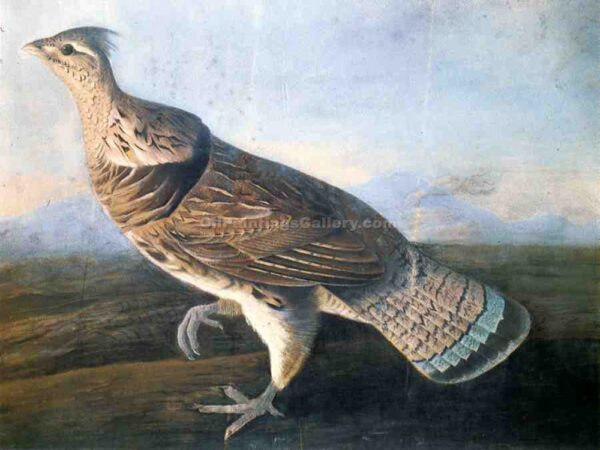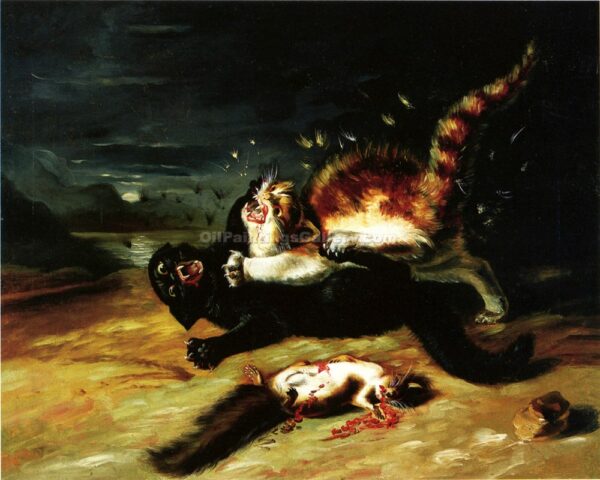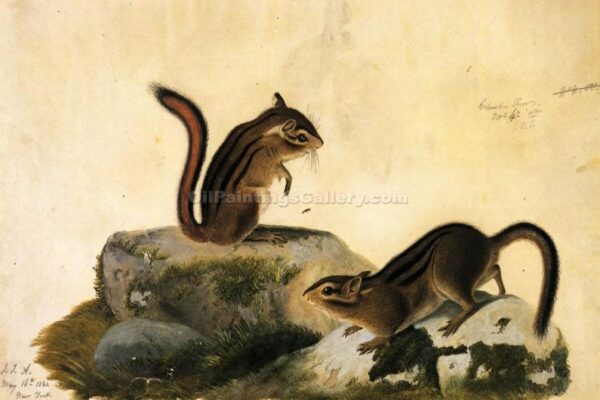Artist: Audubon John James America 1785 to 1851
Showing 1–12 of 16 results
John James Audubon, otherwise called Jean-Jacques Audubon, was a French-American craftsman who was born in 1785. He was referred to as an ornithologist, just as a naturalist painter. He archived a broad rundown of American birds, representing them in their characteristic territories. Maybe his most celebrated work was a shading plate book named “The Birds of North America.” During his lifetime, he found and recognized 25 new species and a few subspecies. Audubon was brought into the world on a sugar estate in Les Cayes in what is currently known as Haiti. As a little youngster, his dad orchestrated him to move to America, where he later battled in the Revolutionary battle in the wake of being detained by the British Empire. Audubon was a naturalist deeply, being the originally known bird bander, very much scholarly in taxidermy, and in any event, beginning his own temperament historical center. While in the forested areas, he started outlining the impetus to his imaginative interests. He before long built up his own technique for showing birds: he would kill them, wire them into characteristic positions, and afterward sketch and paint away, now and then working 15-hour days simply setting up the scene. His picked medium was watercolor, yet he later added chalk, pastels, and gouache for plume specifying. He utilized numerous layers to make profundity, resonance, and almost three-dimensionality to his work. Each work was finished on a day-to-day existence scale. Audubon has become an inheritance not exclusively to the craftsmanship world yet to the investigation of birds. Practically all later ornithological works were roused by his achievements.
